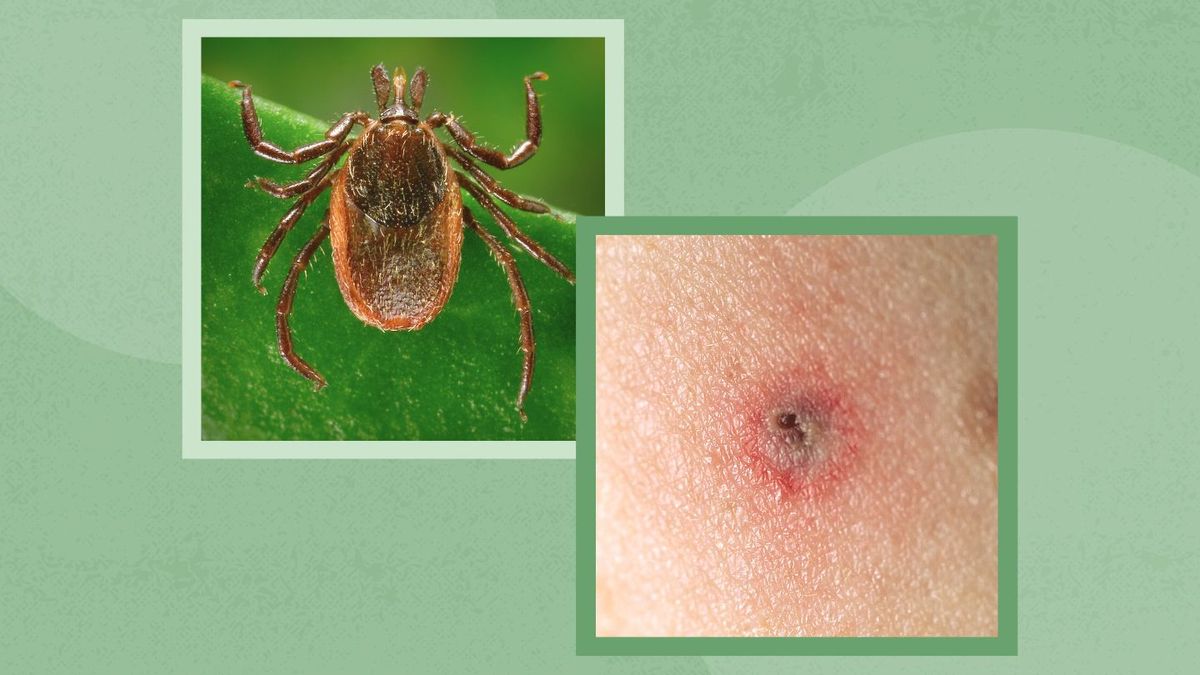How to Treat a Tick Bite

You may be wondering how to treat a tick bite. This article will discuss the symptoms, identification, and treatment options. In addition, you will learn how to prevent future attacks. If you have a tick bite, be sure to follow these guidelines to avoid infection. Before you try any treatment, you should know the proper precautions to take.
Symptoms
Symptoms of trick bite can vary between individuals, but typically occur within two to five days after the tick has bitten you. Common symptoms include a red spot on the skin, fever, and restlessness. Some tick bites may even lead to muscle or joint pain and headaches. In extreme cases, tick bites can cause paralysis. The first step in treating a tick bite is to remove the tick.
After finding a tick, it is imperative to remove it from the area as quickly as possible. This will minimize the risk of bacteria transferring to your skin, which may lead to infection. Use a pair of tweezers to remove the tick and avoid crushing it with your fingers. Always make sure to remove the head of the tick, as leaving it behind can cause a small, necrotic ulcer.
Treatment
Tick bite treatment is important to ensure that the bite does not cause infection or swelling. The first step is to remove the tick as quickly as possible. To do this, use a pair of fine tweezers and grasp it closely. Gently pull up the tick while using even pressure. Do not squeeze, crush, or puncture it, as the body parts of the tick may contain infection-causing organisms. After removing the tick, wash the area with soap and water. Do not apply petroleum jelly or lotion or heat to the bite area.
If you notice symptoms, see your health care provider immediately. The symptoms of a tick bite may include pain, chills, nausea, and swollen lymph nodes. In some cases, a health care provider may prescribe antibiotics to treat the infection. Antihistamines and over-the-counter pain relievers may also be prescribed. Avoid grassy areas and check your body thoroughly after being outside for ticks.
Prevention
One of the first steps in prevention of tick bites is using repellents on clothing and gear. Both permethrin and DEET are effective repellents against ticks. Using both on clothing and gear will greatly reduce the chances of coming into contact with ticks. It is also important to wear light-colored clothing to reduce the chance of being spotted by ticks.
Using tweezers is the easiest way to remove ticks. Make sure to use a fine-tipped tweezers. When removing the tick, use steady upward pressure to remove the mouth parts.
Identification
The first step to identification of tick bites is careful observation. You should note the time and date of bites and describe any symptoms you are experiencing. It is also important to inform your healthcare provider of any tick exposure. It can take time for a tick to engorge and cause illness, so it's crucial to get a timely diagnosis.
Ticks live in the soil and wait for a host animal by crawling up vegetation. Depending on the species, the tick will often travel several feet to bite its host. While some tick species are easily recognized by their festoons, other tick species require the help of a microscope.
Diagnosis
A tick bite can cause a variety of symptoms including a fever, rash, and severe headache. Some people also develop enlarged lymph nodes near the bite site. If you think you have been bitten by a tick, consult your doctor right away. Treatment will vary depending on the severity of your symptoms and the type of infection you have.
The organism that causes tick bite fever is very difficult to culture in a laboratory, but antibodies can be tested. This test is the main way to confirm a tick bite fever diagnosis. However, it is important to remember that the test can only become positive after a few weeks, and is not always reliable early on in the infection.



